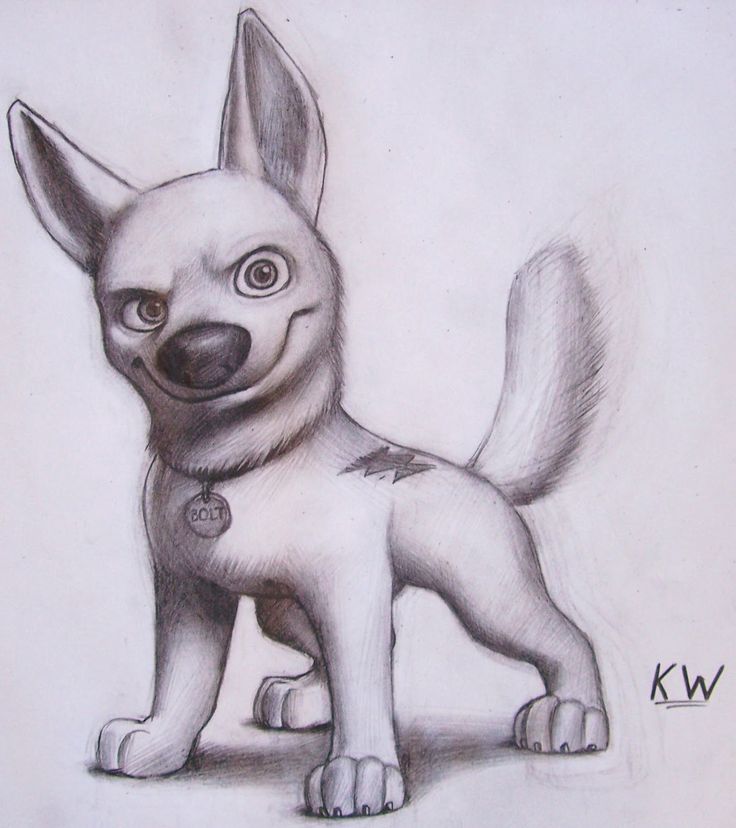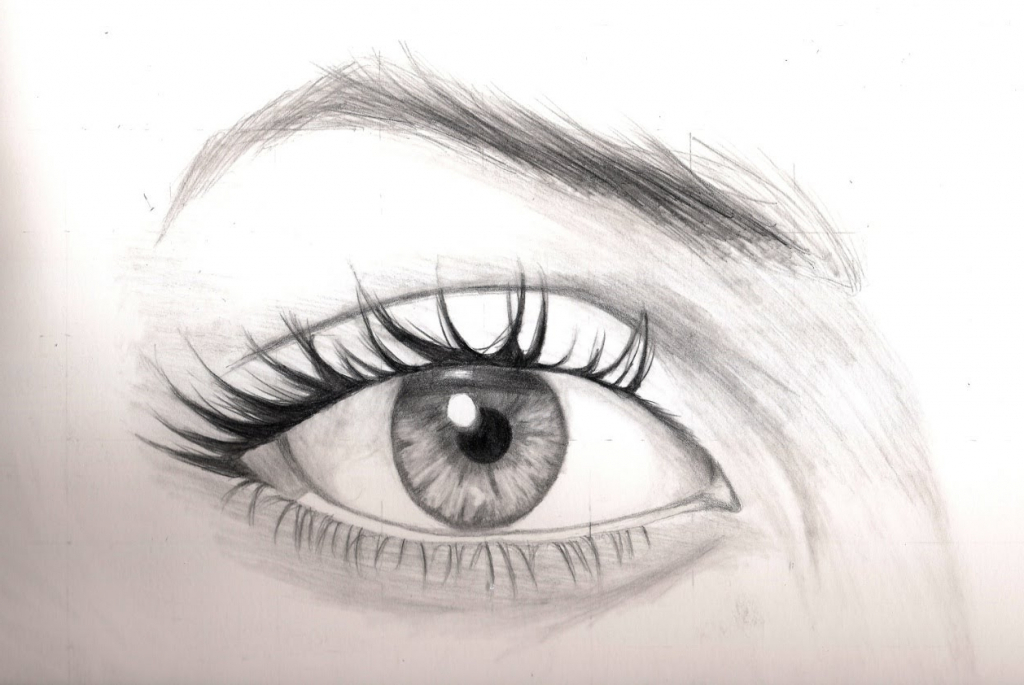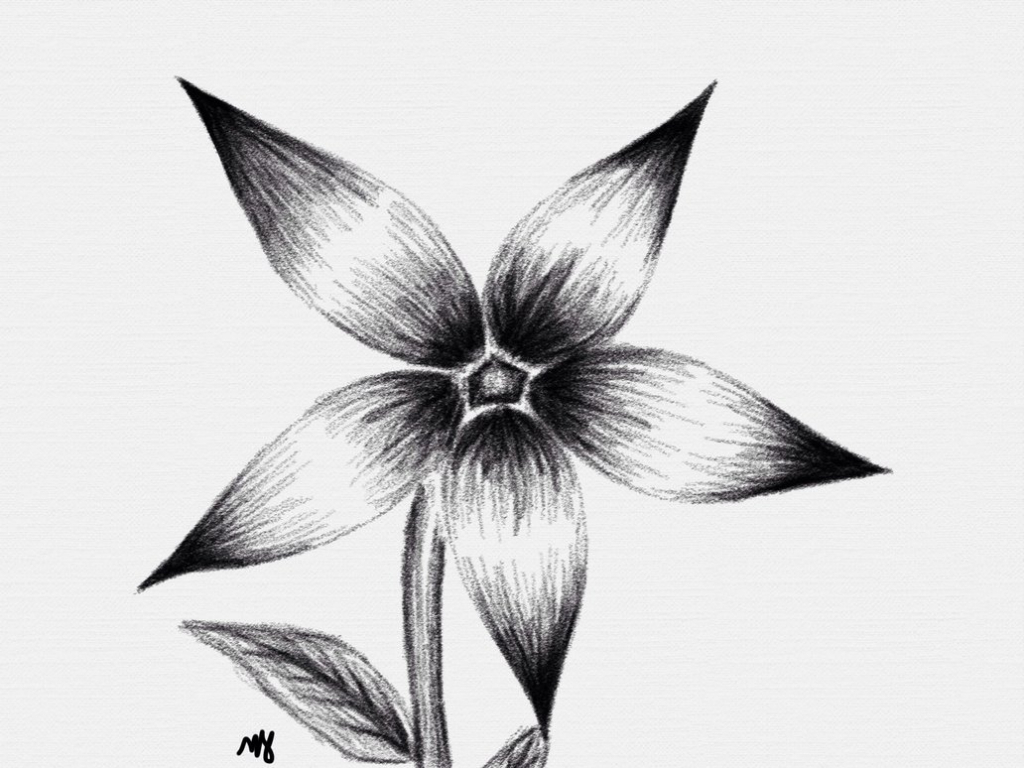Shading paintings search result at paintingvalley com
Table of Contents
Table of Contents
Are you an art enthusiast looking to take your pencil drawing skills to the next level? Do you struggle with shading drawings, unsure of where to start or how to achieve the desired effect? Look no further! This blog post will provide you with a comprehensive guide on how to shade drawings with pencil.
Pain Points Related to Shading Drawings with Pencil
Shading drawings with pencil can be a daunting task, especially for beginners. It may be challenging to know where to start, how much pressure to apply, and how to blend different shades to create a realistic effect. Without proper guidance, your shading may turn out flat, unappealing, and lacking depth.
Answering the Target of How to Shade Drawings with Pencil
To achieve quality shading in pencil drawings, you must first understand the concept of light sources and shadow. Proper shading creates the illusion of form and depth, lending a realistic touch to your artwork that can captivate the viewer. The following are helpful tips and techniques to improve your pencil shading skills:
Tone and gradation:
Creating tone and gradation is essential in pencil shading. To do this, you must apply different pressure levels with your pencil, ranging from light to dark, to create different shades. Start with a light touch and gradually increase your pressure to create darker areas. You can achieve smooth transitions between shades by blending with a blending stump or your finger.
Direction and texture:
The direction in which you apply pencil strokes influences the shading’s texture and appearance. To make your drawings look more realistic, consider the texture of the objects you are drawing and use pencil strokes to mimic it. For instance, to draw a tree bark’s rough surface, use short, irregular, and overlapping pencil strokes.
Highlight and shadow:
The contrast between light and shadow provides depth and volume to your drawings. Always consider the light source in your artwork and create lighter areas where the light hits and darker areas where the shadows fall. Use an eraser to create highlights where necessary and blend the shadows to create a smooth transition.
Personal Experience with Shading Drawings with Pencil
When I started shading drawings with pencil, I struggled to make them look realistic. My artwork appeared flat and lacked depth, making it unappealing. However, with research and practice, I discovered the importance of understanding light and shadow, creating smooth transitions, and mimicking the object’s texture to achieve quality shading.
 Tools and Techniques for Shading Drawings with Pencil
Tools and Techniques for Shading Drawings with Pencil
Aside from the shading tips mentioned earlier, you can use different tools and techniques to achieve various shading effects. For instance, cross-hatching involves drawing intersecting lines to create diverse shades and textures. On the other hand, stippling involves creating shading by dotting the paper with a pencil or pen. Both methods can create unique textures and shading effects.
 How to Shade Drawings with Pencil and Color
How to Shade Drawings with Pencil and Color
You can add colored shading to your pencil drawings by layering colored pencils on top of the graphite layers. Layering involves applying different colors in a particular sequence to create depth and texture. Start with light colors and gradually add darker shades, ensuring that you blend the colors well. You can also use watercolor pencils to add a watercolor effect to your drawings.
 Question and Answer
Question and Answer
Q: How do I shade skin tones in pencil drawings?
A: To shade skin tones, use different shades of brown and beige to mimic the skin’s natural highlights and shadows. Add lighter colors on the high points and darker colors on the contours. Blend smoothly with a blending stump to create a realistic effect.
Q: What are the best pencils for shading drawings?
A: The best pencils for shading drawings are those with soft leads, such as 2B, 3B, and 4B. These pencils create a broader range of shades, making it easier to create texture and depth in your artwork.
Q: How much pressure should I apply when shading with a pencil?
A: The pressure you apply when shading with a pencil depends on the desired shading effect. Start with a light touch and gradually increase the pressure for darker shades. You can always add more pressure or erase some of the shading if necessary.
Q: What is the difference between cross-hatching and stippling?
A: Cross-hatching involves drawing intersecting lines to create diverse shades and textures, while stippling involves creating shading by dotting the paper with a pencil or pen. Both methods can create unique textures and shading effects, depending on the desired outcome.
Conclusion of How to Shade Drawings with Pencil
As demonstrated in this blog post, shading drawings with pencil requires an understanding of light sources, shadows, and texture to create an illusion of form and depth. With the tips and techniques provided, along with sufficient practice, you can create realistic, breathtaking pencil drawings that will leave your audience in awe. Experiment with different tools and methods, and don’t be afraid to make mistakes- after all, mistakes are an essential part of the learning process!
Gallery
Pencil Shading Drawing Images At GetDrawings | Free Download

Photo Credit by: bing.com / shading drawing pencil simple drawings easy sketches eyes getdrawings
Single Pencil For Sketch, Line Art, And Shading. Any Tips? : Learnart

Photo Credit by: bing.com / learnart
How To Shade A Drawing - YouTube

Photo Credit by: bing.com / drawing shading shade light figure drawings draw proko pencil shades learn life techniques painting artists step models steve lessons huston
Pencil Shading Drawing Images At GetDrawings | Free Download

Photo Credit by: bing.com / pencil drawings drawing shading easy bolt shaded sketches disney cool tonal posted shade animal simple spectrum vii getdrawings animals things
Shading Paintings Search Result At PaintingValley.com

Photo Credit by: bing.com / shading easy flower flowers drawing shaded pencil drawings paintingvalley clipartmag






